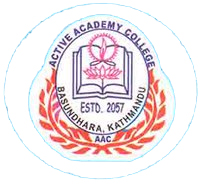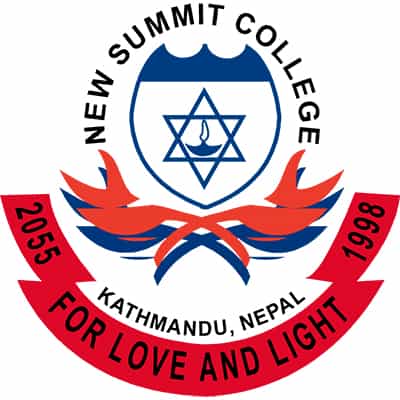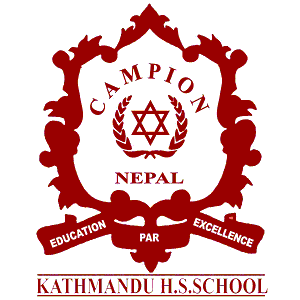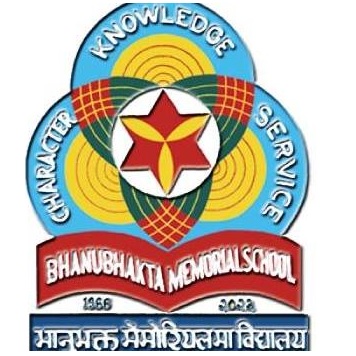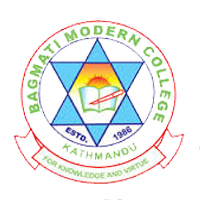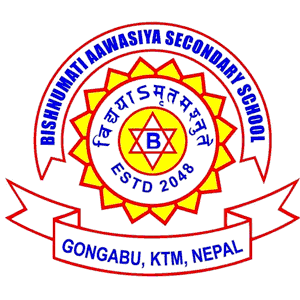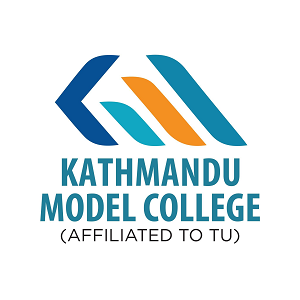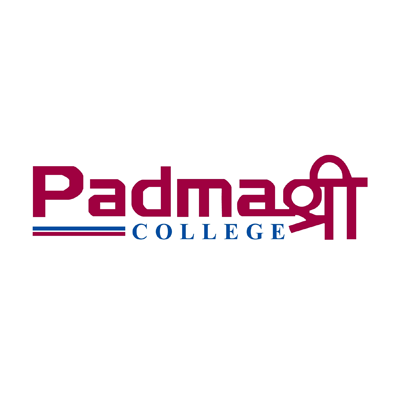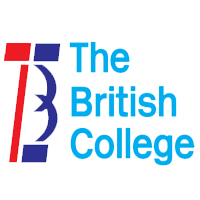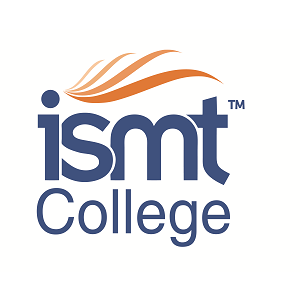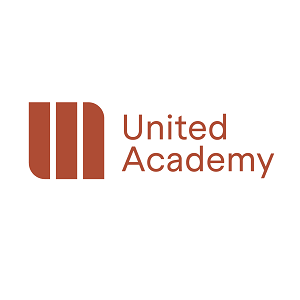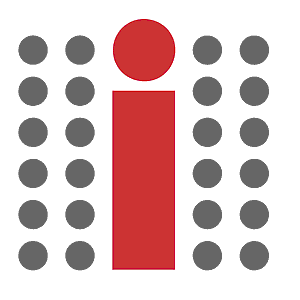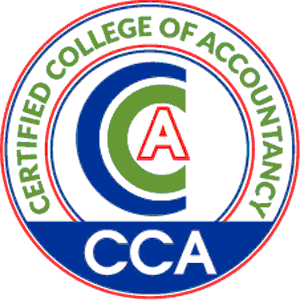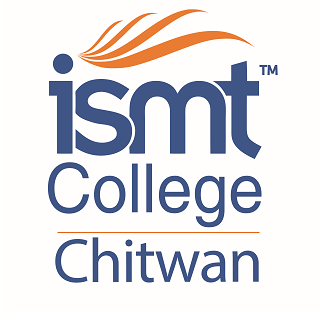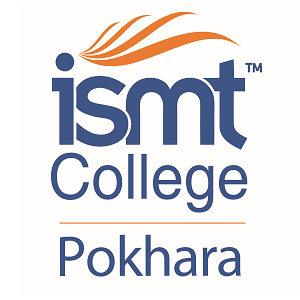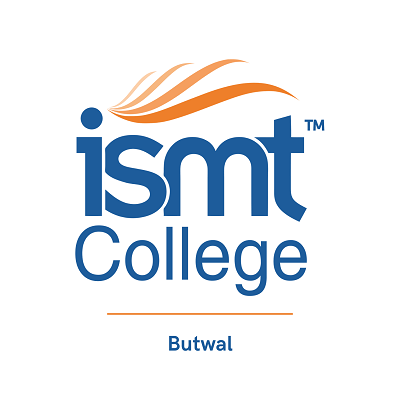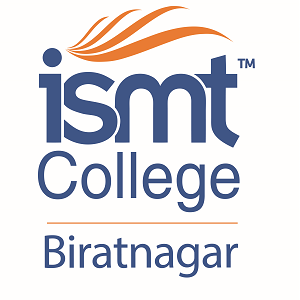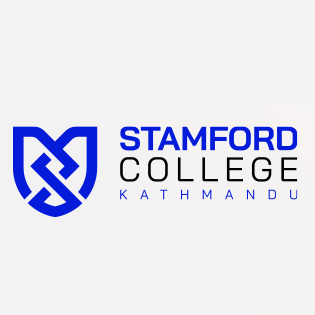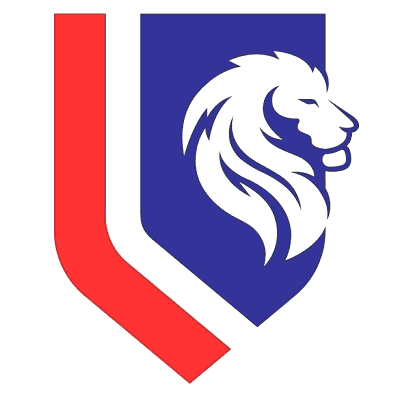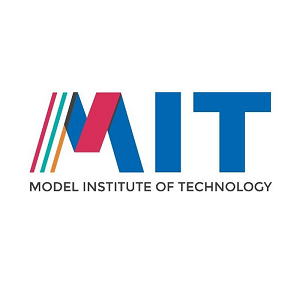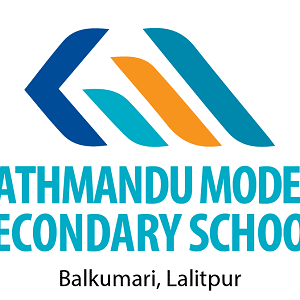Overview
Ten Plus Two (+2) Science at Premier College, Kathmandu
Ten Plus Two (+2) Science at Premier College, Kathmandu, follows the National Examination Board (NEB) framework and runs at the Aloknagar/Tinkune campus in New Baneshwor. The stream helps you build a strong base in Physics, Chemistry, Biology, Mathematics, and Computer Science.
Students and parents often ask for clear details on eligibility, PPET entrance, subject choices, practical work, and assessment.
Highlights
-
Affiliation: National Examination Board (NEB), Grade XI–XII
-
Stream focus: Physical and Biological groups with applied options
-
Location: Aloknagar, Tinkune, New Baneshwor, Kathmandu
-
Teaching week: classroom sessions, numerical practice, lab work, and review classes
-
Support: counseling for subject selection, PPET guidance, and pre-board preparation
Curriculum Details
Premier follows NEB’s Science structure across two academic years. The college shares the final subject grid during admission after sectioning and teacher allocation.
Compulsory subjects
-
English
-
Nepali
Core science cluster
-
Physics
-
Chemistry
Group options (offered as per seat plan)
-
Biology
-
Mathematics
-
Computer Science
How grouping works
-
Physical group usually centers on Physics, Chemistry, and Mathematics, with Computer Science as an option where available.
-
Biological group usually centers on Physics, Chemistry, and Biology; some students add Mathematics based on interest and workload.
Practical work and records
-
Physics and Chemistry include regular experiments, viva, and lab reports.
-
Biology involves microscope work, specimen study, and field notes.
-
Computer Science covers programming basics, problem sets, and a practical exam.
-
Internal marks reflect lab performance, attendance, and periodic tests as per NEB rules for the running cohort.
Assessment rhythm
-
Unit tests and term tests through the year
-
Pre-board exams in Grade XII that mirror NEB patterns
-
NEB board examinations at year end
Objectives
-
Build solid fundamentals for bachelor-level study in medical, engineering, agriculture, pharmacy, forestry, IT, and allied fields.
-
Strengthen numerical accuracy, scientific reasoning, and lab discipline.
-
Improve technical writing, graphing, data handling, and presentation skills.
-
Encourage time management, exam strategies, and healthy study routines.
Scope
Students use +2 Science to apply for MBBS, BE, BSc CSIT, Pharmacy, Agriculture, Forestry, Biotechnology, Nursing, Medical Laboratory programs, and other STEM degrees as per each university’s rules.
Many also sit for entrance tests administered by medical, engineering, and agriculture universities. The stream supports work-readiness for basic lab assistance or office support roles; most learners still prefer to continue directly to bachelor studies.
Learning Outcomes
-
Explain core ideas in mechanics, electricity, waves, optics, and modern physics.
-
Apply chemical principles in stoichiometry, thermodynamics, kinetics, equilibrium, and organic reactions.
-
Describe cell structure, genetics, ecology, and human physiology if you choose Biology.
-
Solve algebra, trigonometry, calculus, vectors, and probability problems if you choose Mathematics.
-
Write small programs, manage files, and work with algorithms if you choose Computer Science.
-
Plan experiments, use instruments safely, record data, and present error-aware results.
-
Prepare concise answers that meet NEB marking expectations.
Skill Development Modules
-
Numerical practice: fast calculations, unit conversions, and SI consistency.
-
Graphing and data: plotting, trend reading, slope/area interpretation, and uncertainty notes.
-
Scientific writing: aim, apparatus, procedure, observation, result, and short discussion.
-
Programming basics (CS option): logic, variables, control flow, and simple problem tasks.
-
Study skills: spaced revision, past-paper drills, formula sheets, and time planning.
-
Presentation: short board explanations and viva-style responses to strengthen confidence.
Teaching Methodology
Classes follow an organized timetable that balances concept lectures, worked examples, and problem practice. Teachers run doubt-clearing slots around numericals and derivations. Lab periods follow a safety briefing, instrument demo, and individual or small-group experiments. The library and computer access support reading, coding practice, and report formatting.
Regular checks help you stay on track:
-
Topic quizzes and mid-term tests
-
Lab records review and viva practice
-
Pre-board trials in Grade XII that mirror board timing and format
-
Feedback shared on accuracy, steps, and presentation
Admission Requirements
-
Qualification: Secondary Education Examination (SEE) or equivalent
-
Minimum grades (institution guideline): B+ aggregate for Science
-
Process: application form, document check (SEE marksheet, character certificate, photos), Premier Plus-Two Entrance Test (PPET), and a brief interview in the presence of a parent/guardian
-
Sectioning and subject allocation take place after fee formalities within the announced window
Keep originals and photocopies ready. Bring recent passport-sized photos and an active contact number for notices.
Career Opportunities
Students usually continue to bachelor-level study. Early exposure to Physics, Chemistry, Mathematics, Biology, and Computer Science helps during university entrance tests. Some learners accept short-term lab or office roles after Grade XII while preparing applications. Practical lab habits, clear note-making, and disciplined revision methods carry forward into first-year university courses.
Scholarships and Financial Aid
Premier announces scholarship categories during admission cycles. Students may apply under merit-linked criteria based on SEE grades, entrance-linked criteria based on PPET performance, or need-linked criteria as per the running policy.
Prepare mark sheets, identity documents, and any supporting letters in advance, as scholarship deadlines often arrive close to class start.
Why Choose This Course?
-
NEB-recognized pathway that supports medical, engineering, IT, and life-science goals.
-
Balanced timetable across theory, numericals, and practicals.
-
Pre-board drills and feedback that reduce surprises in final exams.
-
Kathmandu location that supports daily travel, coaching schedules, and library use.
-
Structured lab work that builds confidence for university-level practicals.
Conclusion
Ten Plus Two (+2) Science at Premier College, Kathmandu offers a clear and steady route from school to higher studies in STEM fields. The subject mix, practical work, and assessment rhythm help you build habits that matter in entrance tests and first-year courses. If this stream matches your interests, finalize documents early, sit PPET with a calm mind, and follow a weekly study plan so the NEB board feels manageable and your next step after +2 stays clear.


